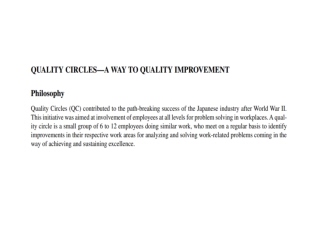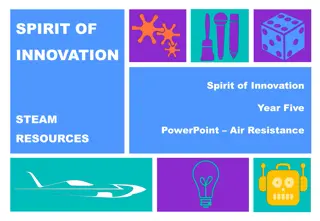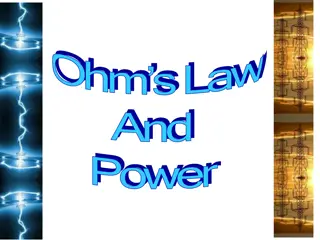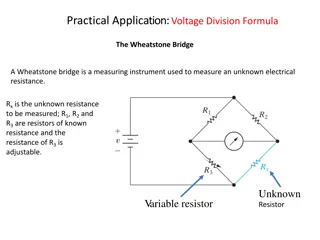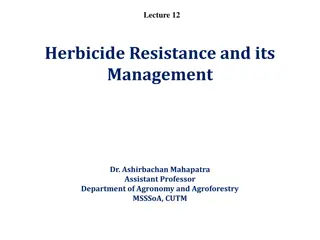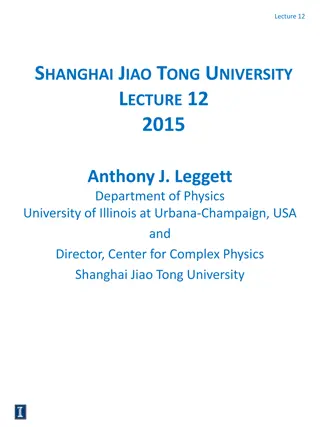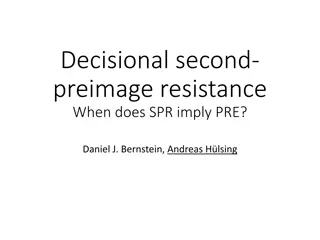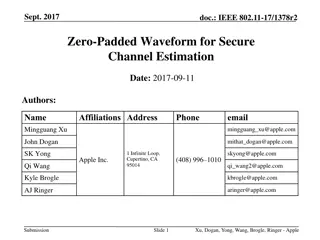Understanding Superconductivity: A Key to Zero Resistance
Superconductivity is a fascinating phenomenon observed in certain materials where electrical resistance disappears and magnetic fields are expelled. At critical temperatures, materials become superconductors, allowing electricity to flow with zero resistance. This occurs due to electron pairs called Cooper pairs forming and remaining unperturbed by collisions. The critical temperature marks the transition from a normal state to a superconducting state. This state-of-the-art lecture delves into the interpretation, critical temperature, and practical applications of superconductivity in physics.
Download Presentation

Please find below an Image/Link to download the presentation.
The content on the website is provided AS IS for your information and personal use only. It may not be sold, licensed, or shared on other websites without obtaining consent from the author. Download presentation by click this link. If you encounter any issues during the download, it is possible that the publisher has removed the file from their server.
E N D
Presentation Transcript
Solid state physics Lecture (6) Superconductivity Prof. Dr. Wisam J. Aziz
Index Introduction Interpretation of superconductivity Critic degree temperature. Critical magnetic field (Hc) Floating phenomena Josephon effect Superconducting materials Applications of superconducting
Introduction Superconductivity is a set of physical properties observed in certain materials where electrical resistance vanishes and magnetic flux fields are expelled from the material. Any material exhibiting these properties is a superconductor. Unlike an ordinary metallic conductor, whose resistance decreases gradually as its temperature is lowered even down to near absolute zero, a superconductor has a characteristic critical temperature below which the resistance drops abruptly to zero. The electric current can move continuously superconducting wire with no power source. through a loop of
Superconductivity in physics is a phenomenon that occurs in certain materials when cooled to very low temp. Approaching absolute zero (zero kelvin ) Superconductors allow electricity to pass through them without any electrical resistance. Superconductivity occurs in many materials such as light metals such as tin, aluminum, ceramics, heavy alloys , and some semiconductors. Superconductors can not be made from noble metals such as gold and silver, or iron magnetized metals.
Interpretation of superconductivity The source of electrical resistance in metals is the collision of free electrons, whether with the crystal lattice or with defects and impurities (as this leads to the stability of the specific resistance on a value that is not related to temperature). What is felt by the existence of resistance is a change in the electron impulse after each collision, but in the case of superconductivity, the electrons They bond together to form pairs of electrons called Cooper pairs .
The lack of resistance can be understood in the framework of this theory as a result of the total impulse of the pair of electrons that remains preserved, and thus the pair is not affected by collisions. The surge of the electron pair is determined by the density of the current passing through the body, and when this density exceeds a specific value called the critical current density, the pair of electrons separates and the body returns to its normal state.
The critical temperature degree The critical temperature degree: is defined by the temperature transition from the normal state of the material to the superconductivity state, for example, the resistance value of the material is almost zero it has been found that the degree of critical temperature depends on the following factors: 1. Purity of material. 2. Pressure applied. 3. Thickness material. 4. Electrostatic charge on the material temp.
Tableillustrates the most important materials in superconductor and theCritical temperature
Figure below show the relationship between the quality resistivity and temperature of the Tin element. If the metal is pure, the temperature range at which the resistivity of the resistor is reduced to zero is very small. If tin metal contains impurities, the temperature range that is lower its resistance values are fairly large that the temperature of critical pressure depends on the pressure exerted on it. It has been found that the increase of pressure occurs in the drop of the critical grade.
Types of superconductors Types of superconductors Superconductors are divided by their critical temperature to a) Low - temperature superconductors (LTC), also called conventional superconductors such as mercury, have a low critical temp. b) High - temperature superconductor (HTC ) with high critical temperature.
Properties of HT superconductors 1- It is easy to prepare and can obtain it easily 2- It is cheap and available, as its largest components are copper, barium and calcium. 3- It transfer above the boiling point of nitrogen, which is inexpensive, available everywhere, and easy to transport and carry It stays for long periods compared to liquefied helium. 4- The difference between the degrees of its transformation and the degree of the cooled medium (nitrogen) is large which makes it more stable such the stability increases with the increase in the difference between the working temperature And the transition temperature.
The critical magnetic field (Hc) This minimum magnetic fields required to destroy the superconducting state is called The critical magnetic field (Hc) Where Ho : Is the maximum value for critical magnetic field at absolute zero temperature. T: Temp. Tc: Critical temp.
Its noticeable from the figure that its critical Magnetic field Hc becomes zero at a temperature Tc of the substance. Hc gradually increases as the superconducting material drops below the critical temp. When absolute zero temperature reaches the maximum value of the critical magnetic field. temperature of the
EnergyBand Gap In conductors there is almost noenergygap and the valenceband is adjacent to the conductive tape. And it was Belief that there is no gap energy in superconducting materials as in conductors. But it turns out the opposite He found that there is an energy gap arising through the interaction between electrons to form what are called Cooper pairs.This causes the electron to be placed in an empty plane relative to its position in the Fermi plane of gases.
Superconducting materials are divided by critical domain Superconducting materials are divided by critical domain Type I superconductors: a characteristic of this type is that when the value of the given field exceeds the critical area, the conductor is completely transformed into the normal state and the value of the magnetic torque becomes zero and thus the external field can completely penetrate the conductor.
TypeII superconductor: characteristic of two critical domain Values, the first value is the lowest value of the symbol B1, the second value is the highest value and it's symbol is B2 . If the value of the area B exceeds B1 and does not exceed B2, the penetration will be partial to the conductor.
The connector will not turn to the normal state, but will lead to a new situation called the mixed state, but if the value of the weighted area exceeds B2, the connector will switch to the normal state.
Floating phenomena Floating phenomena Under the right conditions, a specially made material can be temperatures and placed on a well- configured magnet that will cause it to float on top of it indefinitely. cooled to lower
When the superconductive disk on the bottom, cooled by liquid nitrogen the magnet will raise up. The floating magnet induces a current, and therefore a magnetic superconductor, and the two magnetic fields repel to raise the magnet. field, in the This property has effected for making a high speed, magnetically floating trains.
Josephine effect Josephine effect It is a phenomenon that occurs when a "super current" current passes without applying any "voltage" across the junction, and this junction is called the Josephine junction. "Josephine junction" Is a tool consists of two pieces of superconducting materials with an insulating piece between them. This Josephine tool is a direct quantum application of quantum tunneling.
The wave nature of moving particles make electrons to tunnel through the barrier. As a consequence of tunneling of electrons across the insulator there is net current across the junction. This is called dc josephson effect. The current flows even in absence of potential difference.
The magnitude of current depends on the thickness of the insulators, the nature of the materials and the temperature . On the other hand when potential difference V is applied between the two sides of the junction there will be an oscillation of tunneling current with angular frequency .This is called AC Josephson effect. V=2ev / h
Some applications of superconducting materials Some applications of superconducting materials MRI superconducting material to generate a large magnetic field that allows it to obtain images inside the patient's body. Military application: the ability of superconductors to expel magnetic fields made them candidates for use in military radars. Devices: MRI devices use
Computer: very fast and accurate computers can be constructed using superconductors and the power consumption is also very low. Trains: in trains, in particular: can you visualize a train that flies in the air as the plane does and travels as fast as it can? Yes, it is the floating train. Electrical transmission: superconductors can be used to transmit electrical power over very long distances without any power or any voltage drop.


